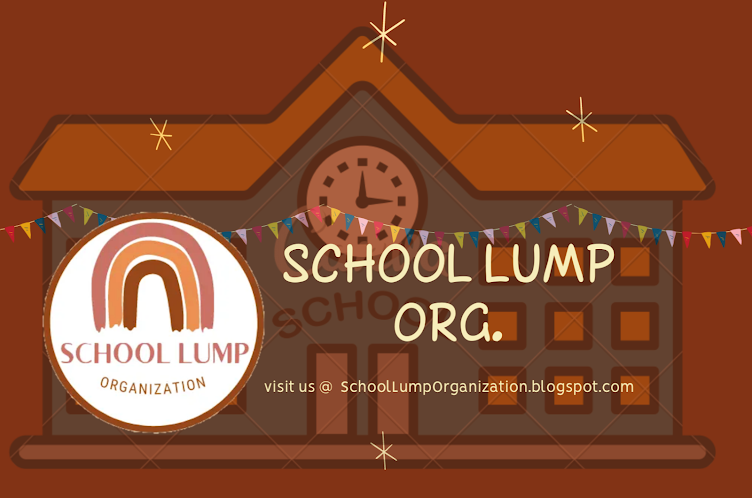Ang blog ng School Lump Organization na ito ay nagsusulat tungkol sa kapaligiran sa paaralan, kaugnay na impormasyong pang-edukasyon, at komposisyon sa panitikan na makakatulong sa mga mag-aaral sa kanilang mga sulatin, takdang-aralin at anumang mga output na kailangan nila para sa mga akademiko. Sa layuning hikayatin ang lipunan, lalo na ang kabataan na ipagpatuloy ang pag-aaral at literasi sa pamamagitan ng pagbabasa at pagsasaliksik.
SCHOOL LUMP ORGANIZATION

SCHOOL LUMP ORGANIZATION
Martes, Hulyo 23, 2024
Improving reading comprehension
TRIVIA ABOUT TIKTOK APP
Sure! Here are some trivia facts about TikTok:
1. Origin: TikTok was developed by the Chinese company ByteDance and was launched internationally in September 2017. It was initially released in China as "Douyin" in September 2016.
2. User Base: As of September 2021, TikTok has been downloaded over 2.6 billion times globally, making it one of the most popular social media platforms.
3. Name Change: TikTok was initially known as "Musical.ly" when it first launched internationally. In August 2018, ByteDance acquired Musical.ly and merged it with their own app, rebranding it as TikTok.
4. ByteDance's Other Apps: In addition to TikTok, ByteDance also owns other popular apps, such as Douyin (the Chinese version of TikTok), Toutiao (a news aggregator), and Helo (a social networking app).
5. Global Reach: TikTok is available in over 150 countries and has been translated into 75 languages.
6. Length of Videos: Initially, TikTok videos could only be 15 seconds long. However, in late 2018, TikTok extended the maximum video length to 60 seconds, allowing users to create longer content.
7. For You Page (FYP): The "For You" page is the main feed on TikTok where users discover content. The algorithm customizes the content shown based on the user's interactions and preferences.
8. Influencer Culture: TikTok has given rise to a new generation of social media influencers who gained popularity through their creative and entertaining videos on the platform. Many TikTok creators have amassed millions of followers and have expanded their careers beyond the app.
9. Challenges and Trends: TikTok is known for its viral challenges and trends. These trends often involve users recreating or adding their unique twist to a specific dance, skit, or concept, resulting in a wave of videos following the trend.
10. Music Integration: Music plays a significant role on TikTok, with users being able to add popular songs or audio snippets to their videos. Many songs have gained widespread popularity and recognition through TikTok, propelling them to top the music charts.
Remember that TikTok is a constantly evolving platform, so these facts may change or be updated over time.
Huwebes, Hunyo 1, 2023
Writing content for social media
Writing a story for Wattpad
Writing spoken word poetry
Writing flash fiction
What is Poetry and it's Element?
Best Website for research (RRL)
Martes, Disyembre 20, 2022
start writing inlower expectations
ILANG POSISYONG PAPEL NG IBA'T-IBANG ORGANISASYON, UNIBERSIDAD AT INSTITUSYON NG PAMAHALAAN SA PAGTATANGGOL DA WIKA AT PANITIKAN (FILIPINO)
ILANG POSISYONG PAPEL NG IBA'T-IBANG ORGANISASYON, UNIBERSIDAD AT INSTITUSYON NG PAMAHALAAN SA PAGTATANGGOL DA WIKA AT PANITIKAN (FILIPI...
-
kung ang tula ay isa lamang ni jesus santiago Kung ang tula ay isa lamang pumpon ng mga salita, nanaisin ko pang ako'y bigyan ng isang ...
-
DOMINADOR B. MIRASOL Supling ng mag-asawang Aklanon at Bikolana, nagkaugat si Dominador B. Mirasol sa Tondo, Maynila. Labingwalong taon...